
How did slavery impact hair care practices and heritage?
Slavery distorted hair care by imposing Eurocentric ideals, severing access to traditional tools, and forcing adaptive, resilient practices that shaped textured hair heritage.

What scientific evidence supports bonnet benefits for textured hair?
Bonnets protect textured hair by reducing friction and maintaining moisture, echoing ancestral traditions of hair preservation.
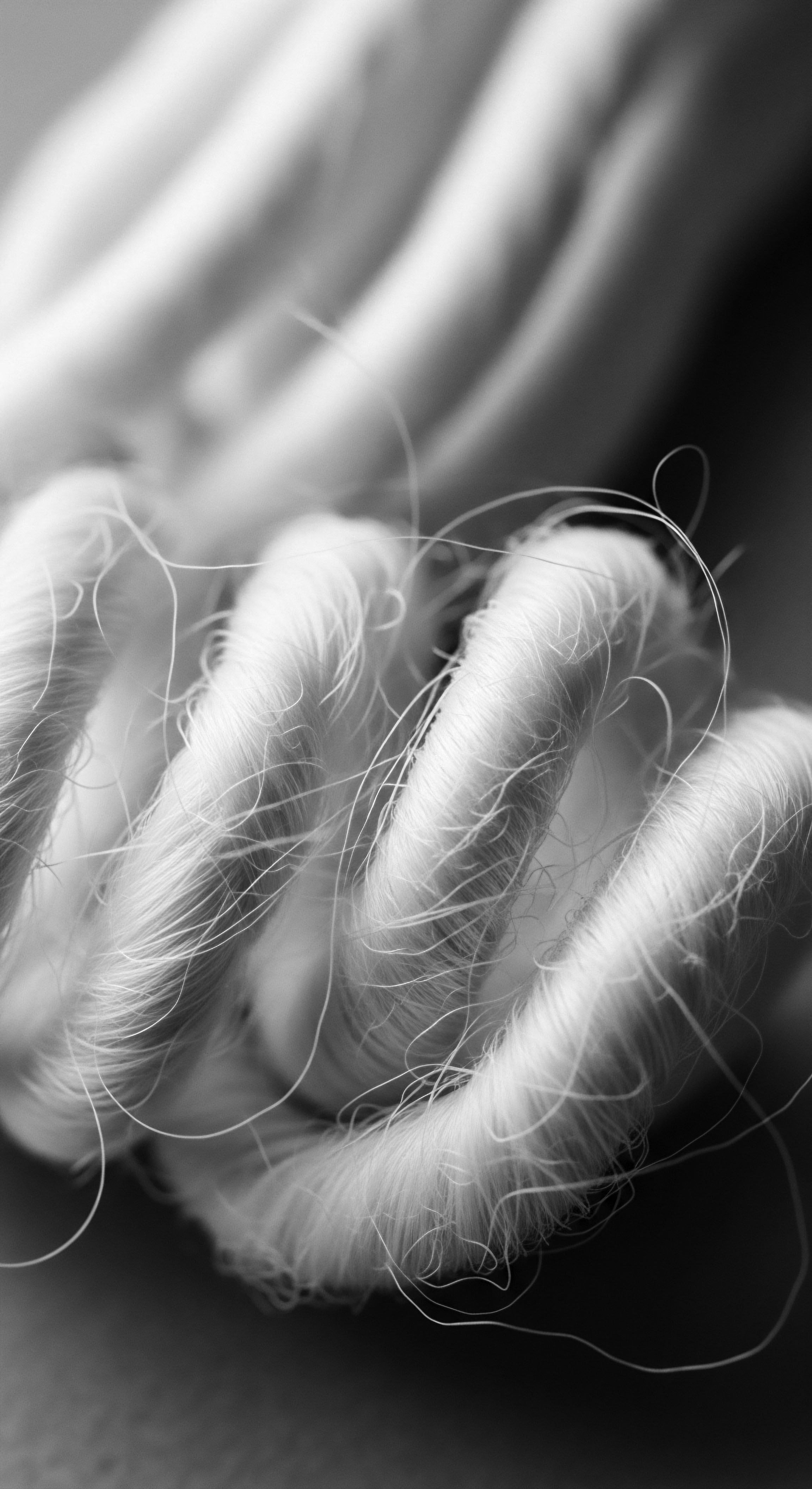
Why are traditional oils still relevant for textured hair protection today?
Traditional oils remain vital for textured hair protection today, rooted in ancestral wisdom and scientifically validated methods that preserve hair's inherited strength.

How does oil application differ for various textured hair types?
Oil application for textured hair differs by curl pattern, porosity, and ancestral practices, deeply rooted in Black hair heritage.
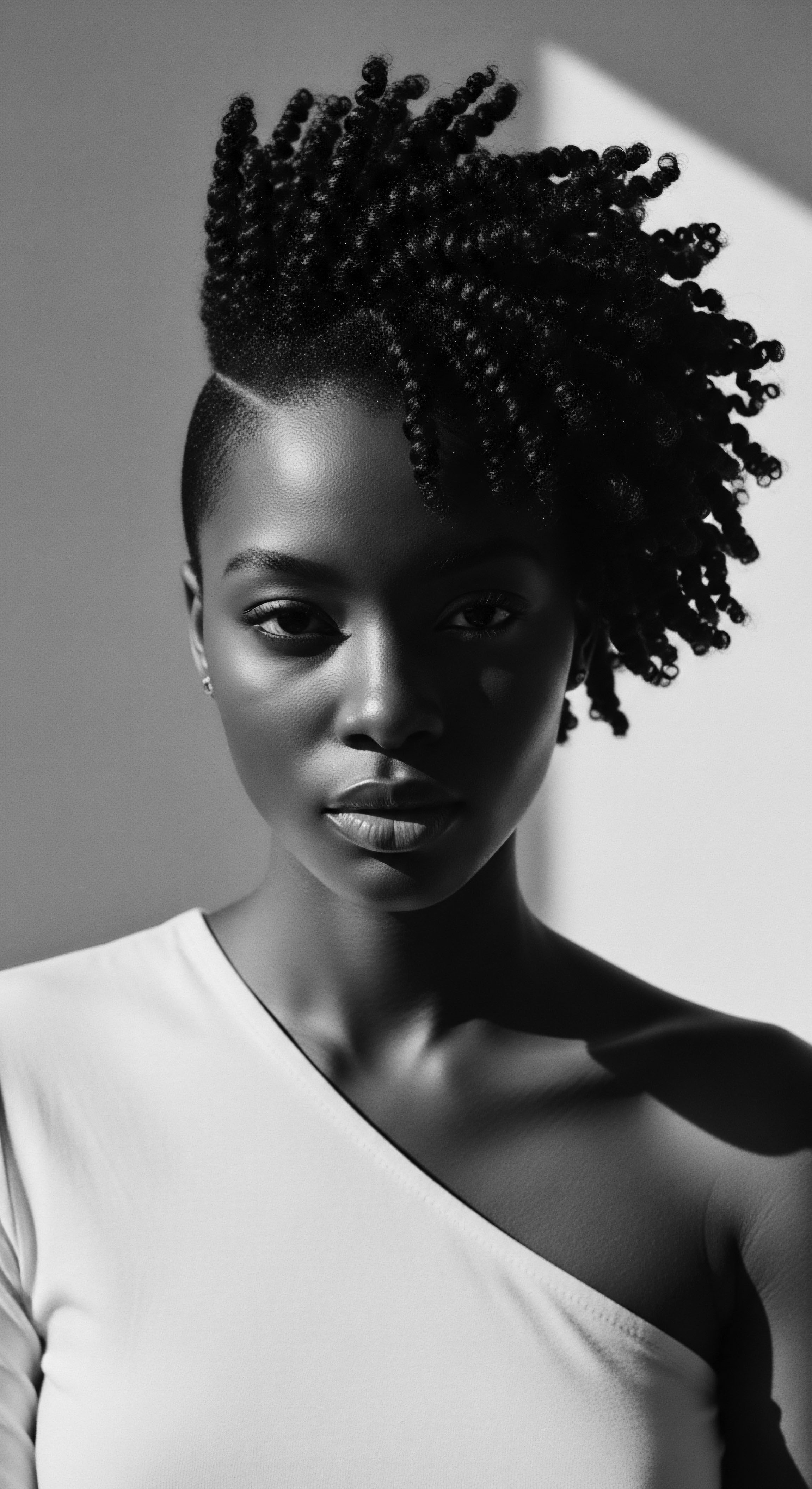
What flora preserved textured strands overnight?
Flora such as shea butter and coconut oil historically preserved textured strands overnight by deeply moisturizing and protecting hair from damage.

How does Afro-textured hair density shape identity?
Afro-textured hair density shapes identity through historical cultural practices, ancestral rituals, and communal expressions of heritage.
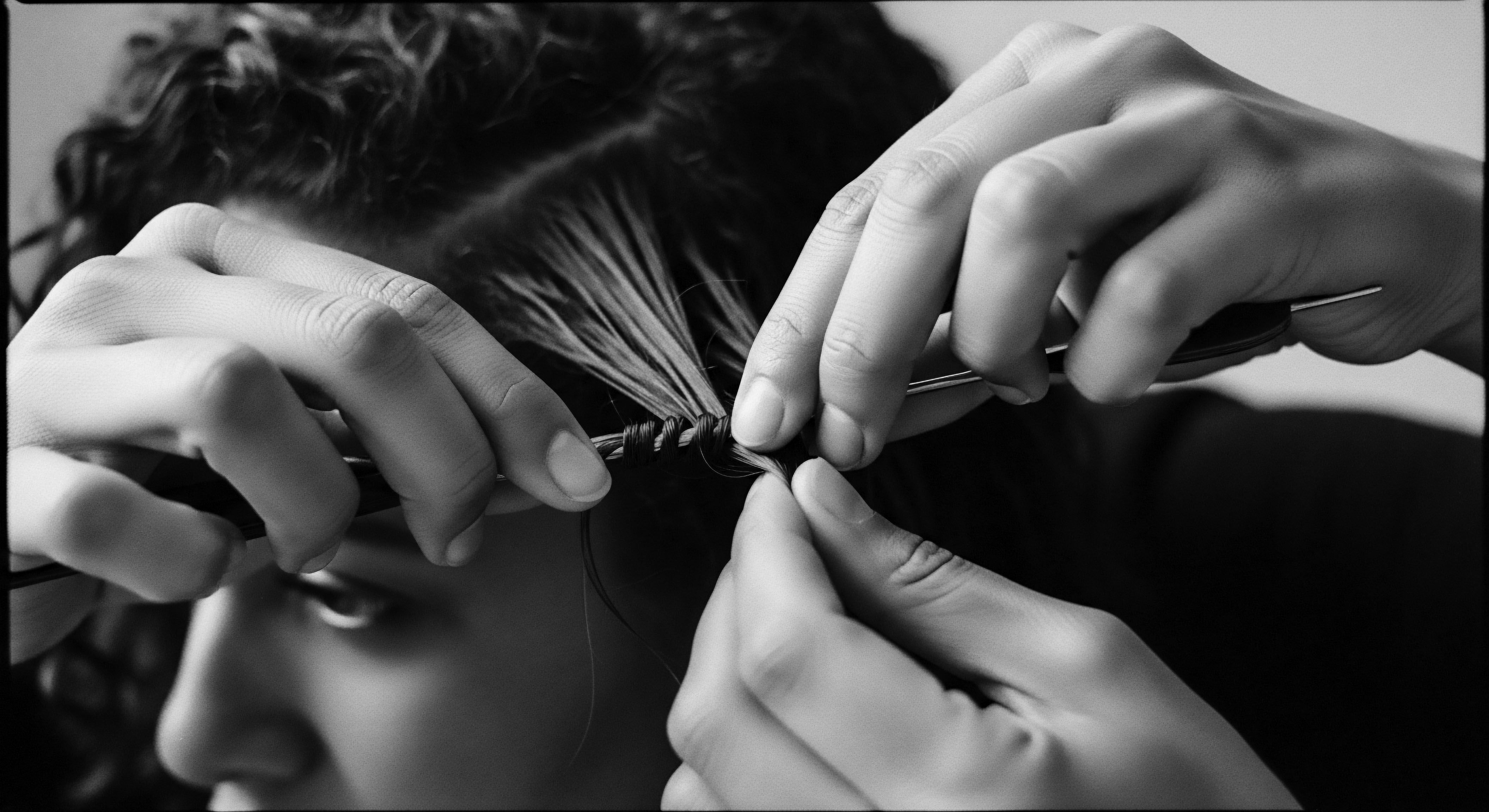
What ancestral hair practices protected textured strands from moisture loss overnight?
Ancestral practices protected textured hair overnight through braiding, wrapping, and the use of natural oils to seal moisture.
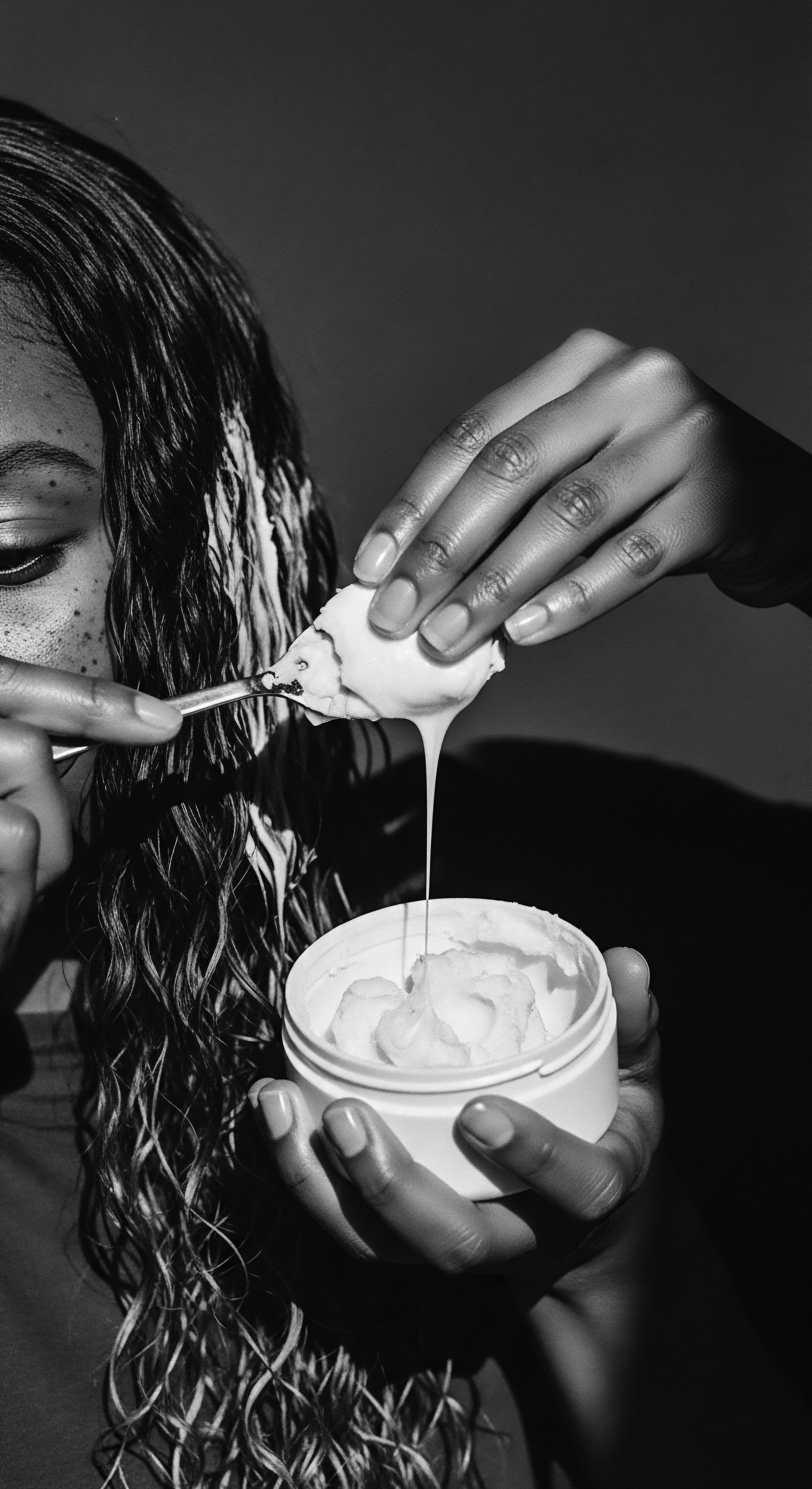
Can modern textured hair care benefit from historical sleep protection methods?
Modern textured hair care deeply benefits from historical sleep protection methods, echoing ancestral wisdom in preserving hair health and honoring heritage.
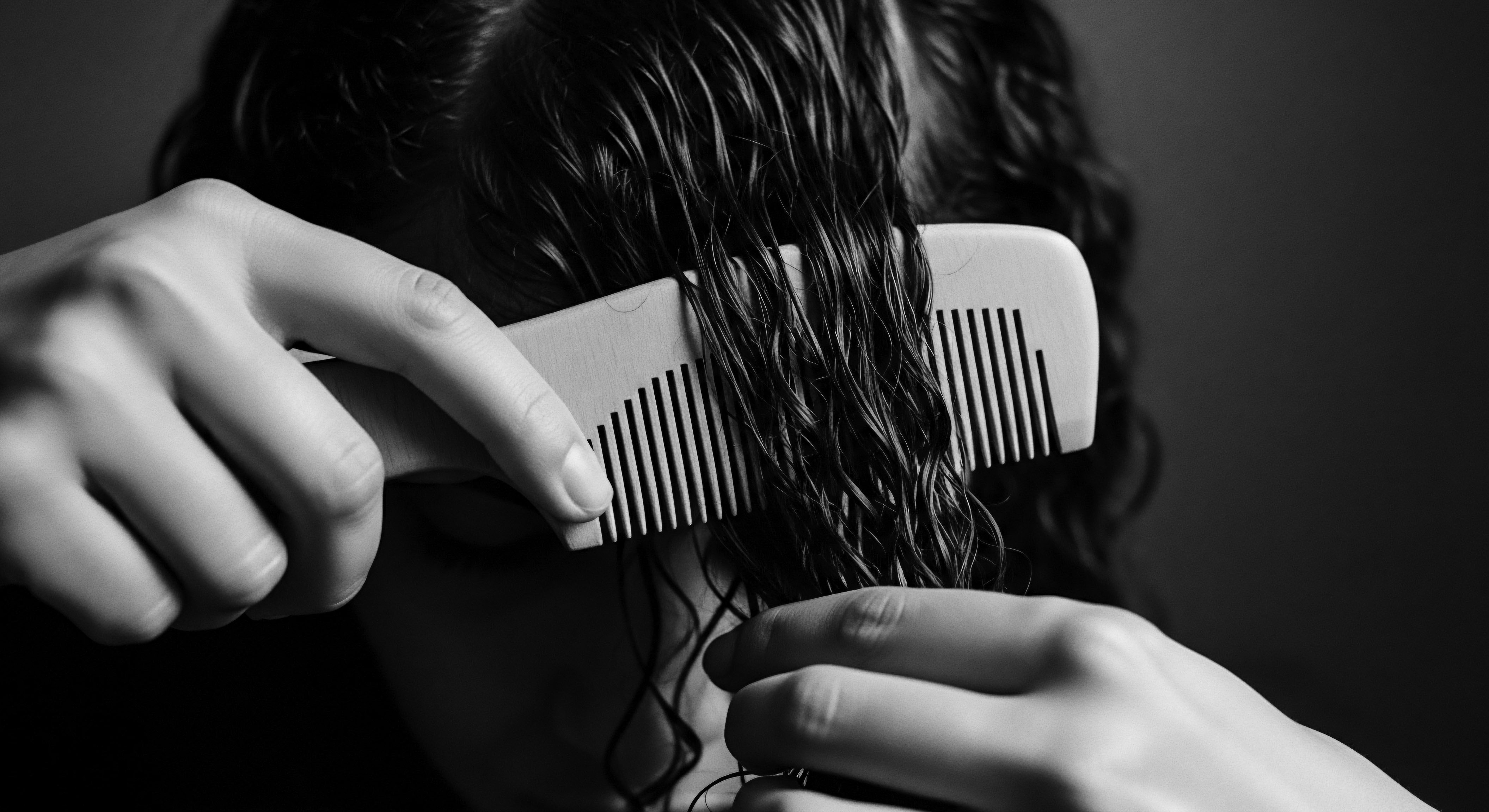
Can ancient hair protection methods still offer insights for today’s textured hair regimens?
Ancient hair protection methods offer profound insights for textured hair regimens by prioritizing moisture retention and gentle manipulation, rooted in deep heritage.

What ancestral wisdom is reflected in modern textured hair coverings?
Modern textured hair coverings reflect ancestral wisdom in protecting hair and expressing cultural identity.

Silk Pillowcase Benefits
Meaning ❉ A silk pillowcase is a bedding essential that minimizes friction and preserves moisture for textured hair, building on ancestral protective practices.

What traditional elements enhance textured hair vitality?
Traditional elements like natural ingredients, protective styles, and ancestral care rituals enhance textured hair vitality by connecting with deep heritage.
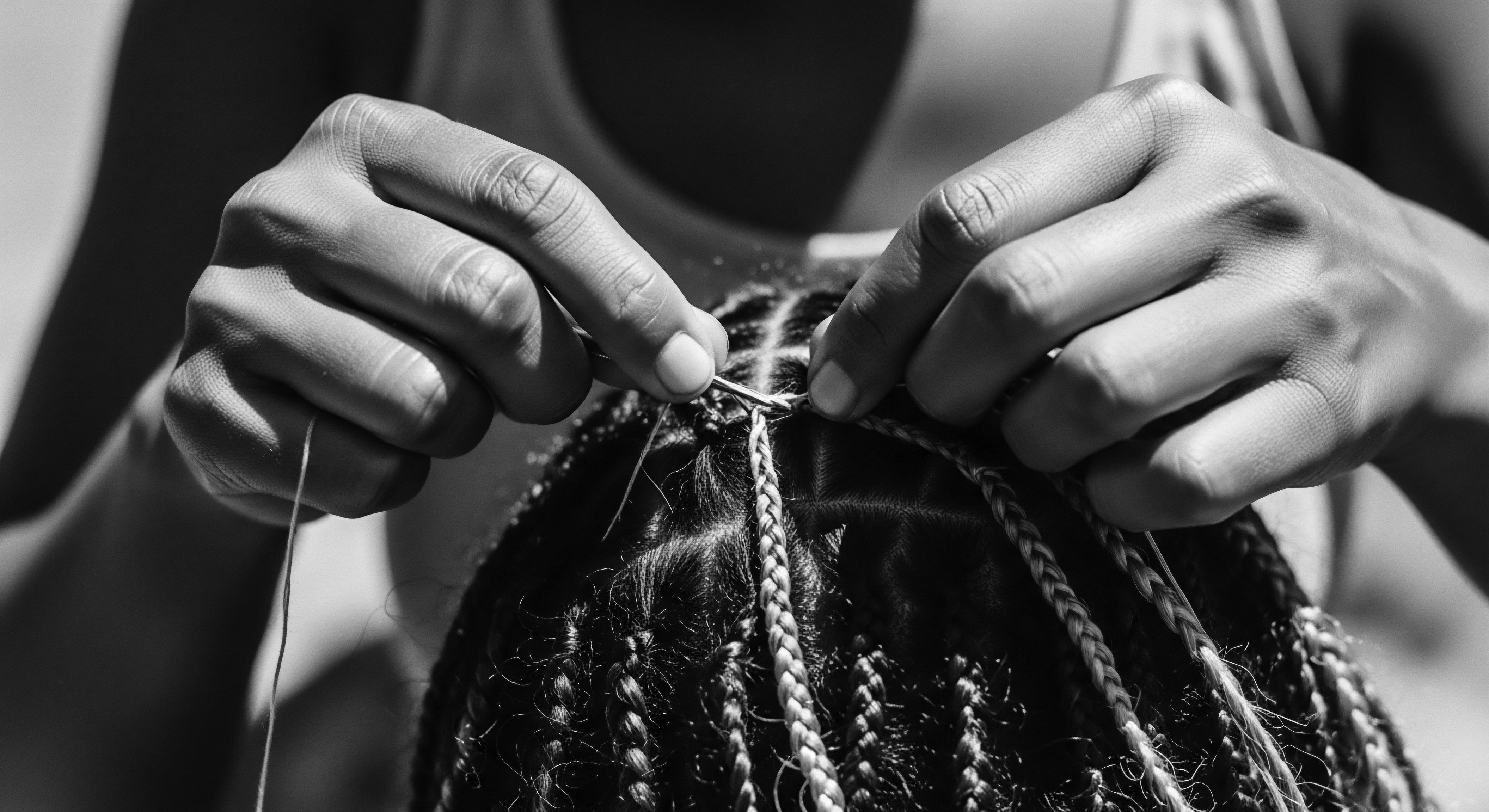
Can traditional nighttime hair rituals offer modern protective benefits?
Traditional nighttime hair rituals offer modern protective benefits by safeguarding textured hair's moisture and reducing friction, honoring ancestral care methods.

How do ancestral hair rituals protect textured strands during sleep?
Ancestral hair rituals protected textured strands during sleep by employing smooth coverings and specific styles to reduce friction and preserve natural moisture, honoring centuries of heritage.

How did ancient botanicals protect textured hair at night?
Ancient botanicals protected textured hair nightly through oils and protective styles, preserving moisture and honor, a deep thread of heritage.

What ancestral customs shielded textured hair during sleep?
Ancestral customs shielded textured hair during sleep using wraps, protective styles, and natural materials to preserve health and heritage.

Can bonnets protect textured hair from environmental stressors and breakage?
Bonnets protect textured hair from environmental stressors and breakage by minimizing friction, retaining moisture, and shielding strands from pollutants, deeply rooted in Black hair heritage.

